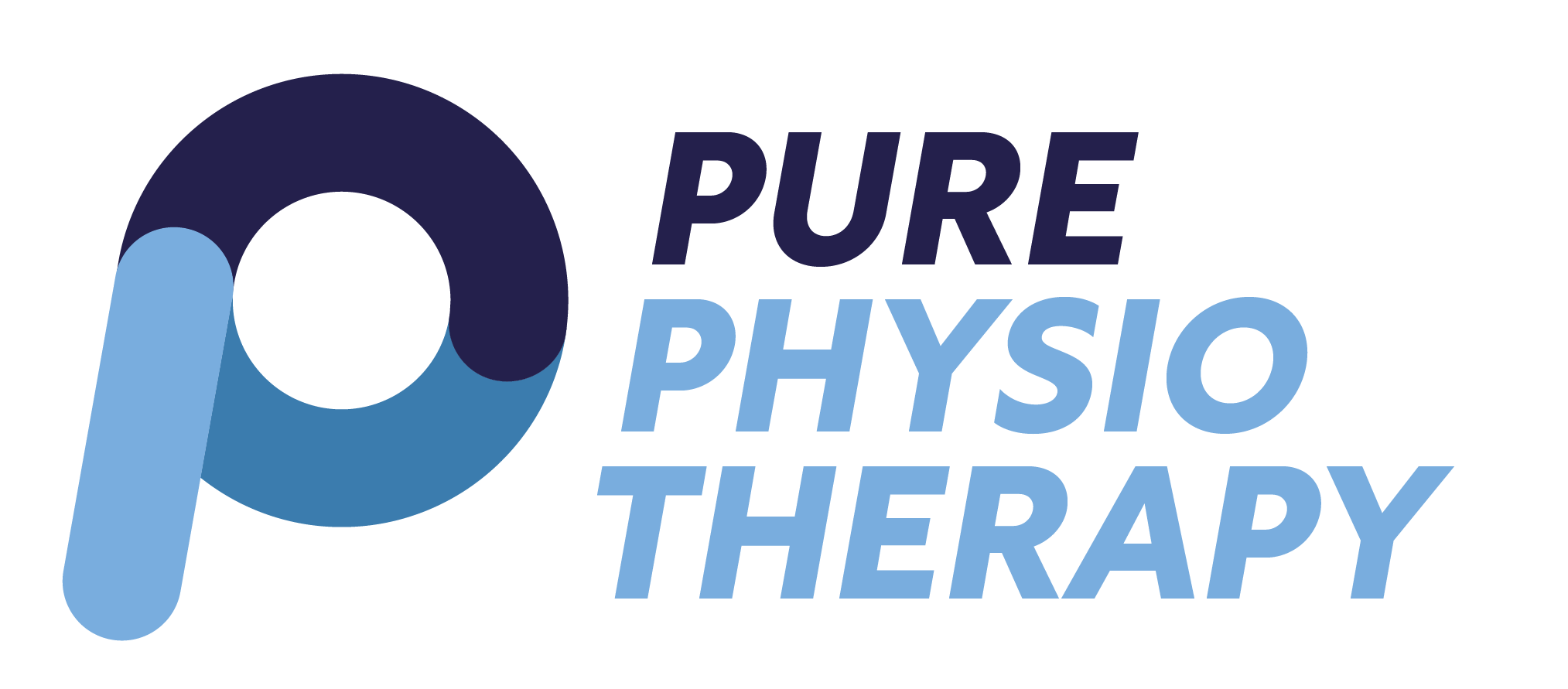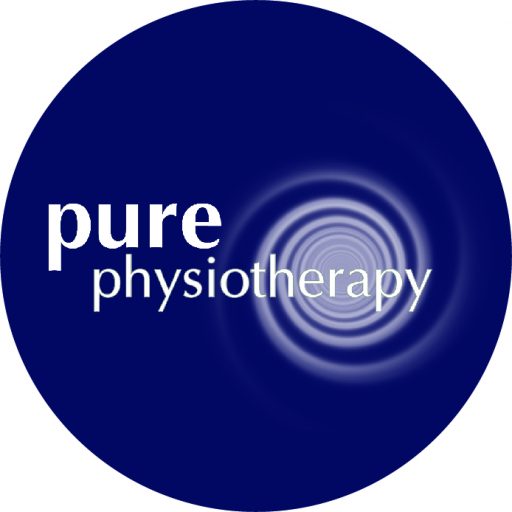Managing arthritis in the Winter
As the clocks go back, nights become darker and leaves start to fall. Those living with arthritis can be left in the cold, experiencing flare-ups with their symptoms which can affect their day-to-day lives in many ways. But why do arthritic joints become painful during the colder months? And what can be done to help with this?
What is arthritis?
The term “arthritis” is derived from the Greek term “disease of the joints”, and is an umbrella term for several conditions. However, arthritis generally refers to acute or chronic inflammation and irritation in the joint, which is commonly associated with reduced range of movement and stiffness, or changes in joint structure (1).
Arthritis, specifically osteoarthritis, is a condition that is extremely common. Osteoarthritis is an age-related process that occurs gradually over time, and in most cases, these normal age-related changes can occur with little to no symptoms (2). Flare-ups in symptoms, especially during the winter or from other causes, rarely correlate to a progression of the condition, but rather are more indicative of irritation to the joint structures.
However, if you are still worried about an increase in your pain, get in contact with your GP or speak to one of our specialist musculoskeletal physiotherapists at Pure.
Arthritis and the cold weather
Arthritis, specifically osteoarthritis, is reported to affect up to 1 in 10 people (3). A study performed with over 800 participants with osteoarthritis reported that changes in weather conditions – especially colder weather – resulted in the participants reporting an increase in the severity of their symptoms (4).
What can we do?
Keep warm – put simply, stay wrapped up when the temperature dips. Whether that be wrapping up with gloves, hats and scarves, keeping affected joints and areas warm can help negate the effects of the colder temperatures.
Keep moving – often during the colder months, our levels of activity can decrease, which can, in turn, increase the severity of pain related to osteoarthritis. The current research and guidelines for managing osteoarthritis recommend regular aerobic and resistance (strengthening) exercises for our muscles and joints (5). This doesn’t mean running marathons or going to the gym, this could be as simple as walking, cycling or swimming as well as completing strength-based exercises 2-3 times per week.
Will exercise harm my joints?
Low to moderate-intensity exercise itself does not have a harmful effect on our joints, nor does it cause the progression of the condition. If performed at a suitable intensity for your body, strengthening exercises can strengthen the muscles around your joints, offload the affected joint and slow down the progression of any further changes in the joint(s).
Other benefits of exercise?
Exercise is recommended by the World Health Organization as part of a healthy lifestyle, it allows us to stay healthy physically, as well as mentally – if you would like to read more about the effects of exercise and our mental health click here.
Which form of exercise is best?
All exercise is good for our health. However, research has shown that strengthening exercise is the gold standard, specifically when managing osteoarthritis (6). Keeping our muscles strong helps to support or joints, and absorb some of the load that goes through our joints. However, finding a form of exercise that you enjoy and can consistently maintain is a must for longevity.
Try supplementation -there is plenty of information around supplementation for that of a separate blog post entirely. However, there are a few supplements that may be beneficial for the management of osteoarthritis-related pain.
- Vitamin D: vitamin D is naturally produced by the body by contact with sunlight. During the winter time as the nights get longer and our exposure to the sunlight reduces, our production of vitamin D can often take a hit.
Some trials show the supplementation of Vitamin D can be beneficial for joint pain, for those with reduced levels of vitamin D, whereas those with “normal” levels of vitamin additional supplementation had a minimal effect (7). This vitamin plays a key role in our bone health and ensures that our bones remain strong and dense.
- Turmeric: turmeric (yes, the spice you use in your curry), is a supplement that has recently gained traction and popularity over the last few years due to its reported benefits and effects on joint-related pain (8).
Research has reported the effects of turmeric extract being as good as paracetamol in relieving osteoarthritic pain over 6 weeks (9). However, like with any supplements, there are some cases where they may not be suitable for you. Therefore, we would always recommend consulting a pharmacist or your GP before taking any supplements if you have any other health conditions.
Try physiotherapy
If you’re worried about osteoarthritis or would like some advice or guidance with your condition, why not check out our self-help tool?
Or, if you’d rather speak to someone directly get in touch or book an appointment and we would be happy to help! Our specialist MSK physios at Pure Physiotherapy are highly skilled and experienced with exercise prescription and can create a personalised home exercise plan, tailored to your physical capabilities and goals.
Click here to book online
References
- Senthelal S, Li J, Goyal A, et al. Arthritis. [Updated 2021 Aug 11]. In: StatPearls [Internet]. Treasure Island (FL): StatPearls Publishing; 2021 Jan-. Available from: https://www.ncbi.nlm.nih.gov/books/NBK518992/
- Culvenor AG, Øiestad BE, Hart HF, et alPrevalence of knee osteoarthritis features on magnetic resonance imaging in asymptomatic uninjured adults: a systematic review and meta-analysisBritish Journal of Sports Medicine 2019;53:1268-1278.
- Swain, S. et al. Trends in incidence and prevalence of osteoarthritis in the United Kingdom: findings from the Clinical Practice Research Datalink (CPRD) Osteoarthritis and Cartilage, Volume 28, Issue 6, 792 – 801
- Timmermans, E. J., Schaap, L. A., Herbolsheimer, F., Dennison, E. M., Maggi, S., Pedersen, N. L., Castell, M. V., Denkinger, M. D., Edwards, M. H., Limongi, F., Sánchez-Martínez, M., Siviero, P., Queipo, R., Peter, R., van der Pas, S., Deeg, D. J., & EPOSA Research Group (2015). The Influence of Weather Conditions on Joint Pain in Older People with Osteoarthritis: Results from the European Project on OSteoArthritis. The Journal of rheumatology, 42(10), 1885–1892. https://doi.org/10.3899/jrheum.141594
- Uthman O A, van der Windt D A, Jordan J L, Dziedzic K S, Healey E L, Peat G M et al. Exercise for lower limb osteoarthritis: systematic review incorporating trial sequential analysis and network meta-analysis BMJ 2013; 347 :f5555 doi:10.1136/bmj.f5555
- Lange, A. K., Vanwanseele, B., & Fiatarone Singh, M. A. (2008). Strength training for treatment of osteoarthritis of the knee: a systematic review. Arthritis and rheumatism, 59(10), 1488–1494. https://doi.org/10.1002/art.24118
- Park C. Y. (2019). Vitamin D in the Prevention and Treatment of Osteoarthritis: From Clinical Interventions to Cellular Evidence. Nutrients, 11(2), 243. https://doi.org/10.3390/nu11020243
- Daily, J. W., Yang, M., & Park, S. (2016). Efficacy of Turmeric Extracts and Curcumin for Alleviating the Symptoms of Joint Arthritis: A Systematic Review and Meta-Analysis of Randomized Clinical Trials. Journal of medicinal food, 19(8), 717–729. https://doi.org/10.1089/jmf.2016.3705
- Singhal, S., Hasan, N., Nirmal, K. et al. Bioavailable turmeric extract for knee osteoarthritis: a randomized, non-inferiority trial versus paracetamol. Trials 22, 105 (2021). https://doi.org/10.1186/s13063-021-05053-7
- Popkin, B. M., D’Anci, K. E., & Rosenberg, I. H. (2010). Water, hydration, and health. Nutrition reviews, 68(8), 439–458. https://doi.org/10.1111/j.1753-4887.2010.00304.x


